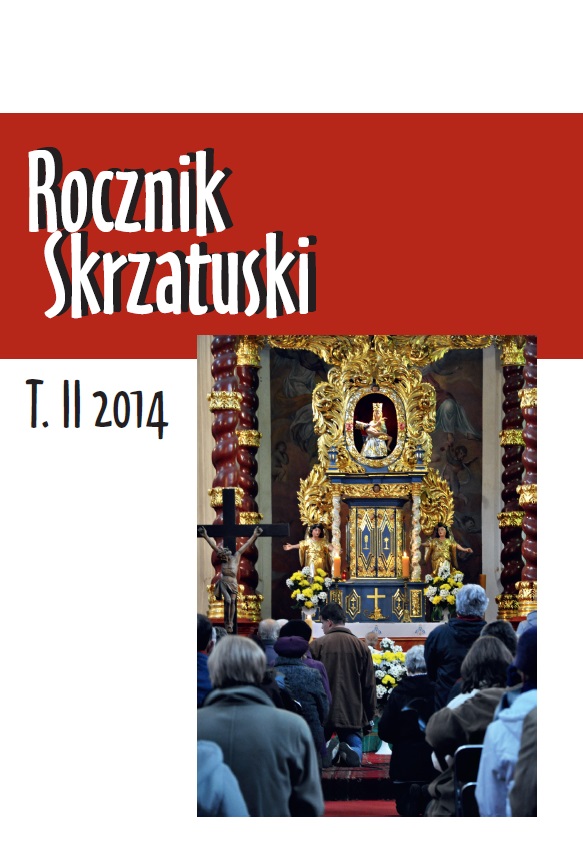
We kindly inform you that, as long as the subject affiliation of our 300.000+ articles is in progress, you might get unsufficient or no results on your third level or second level search. In this case, please broaden your search criteria.





У великом земљотресу 1667. године страдала је огромна архивска грађа града Котора која се чувала у провидуровој палачи, смјештеној насупрот Катадрале. О томе свједочи и велики број, у једном посебном свеску разасутих и неповезаних, оригиналних аката, преписа и одлука градских вијећа у распону од неколико вијеко- ва. Гледано с архивистичког становишта, треба нагласити да су се у том свеску налазили и били спашени посљедњи остаци и архива которског племства и архива которског грађанства ("Università"). Ме- ђутим, ови први су, приликом давних инвентарисања у доба аустро- угарске владавине, похрањени у списе канцеларије которског ванредног провидурасада у Историјском архиву у Котору (под сигнатуром UP CCIII), а други су доспјели у Бискупски архив (са сигнатуром BA, Miscellanea I) у временском периоду од XIV до XIX вијека.
More...
Већ се раније у историјској литератури, на основу оскудне турске грађе, знало да је у селу Жеравице (на ријеци Ступчаница) започела производња жељеза почетком XVI вијека и да је на подстицај досељених рудара из Чајнича, током четврте деценије достигла врхунац, тако да је половина укупних прихода тога насеља отпадала на тај у Босни сваким даном траженији метал. Сазнања о његовој производњи могу се унапријед временски помјерити једним уговором из Дубровачког архива из 1492. године о закупу којим је Радован Радибратовић преузео половину самокова и половину пећи и другог што припада томе самокову за 40 златних дуката2 . Још прије пола вијека, покојни професор И. Божић је у једној напомени своје сјајне књиге: Дубровник и Турска у XIV и XV веку успут парафразирао овај уговор, замјењујући при том (вјероватно нехотично!) име власника једне половине тих рударских постројења Франческа (Радоњића) с именом власника њихове друге половине Антонија (Мароја Милутиновића).
More...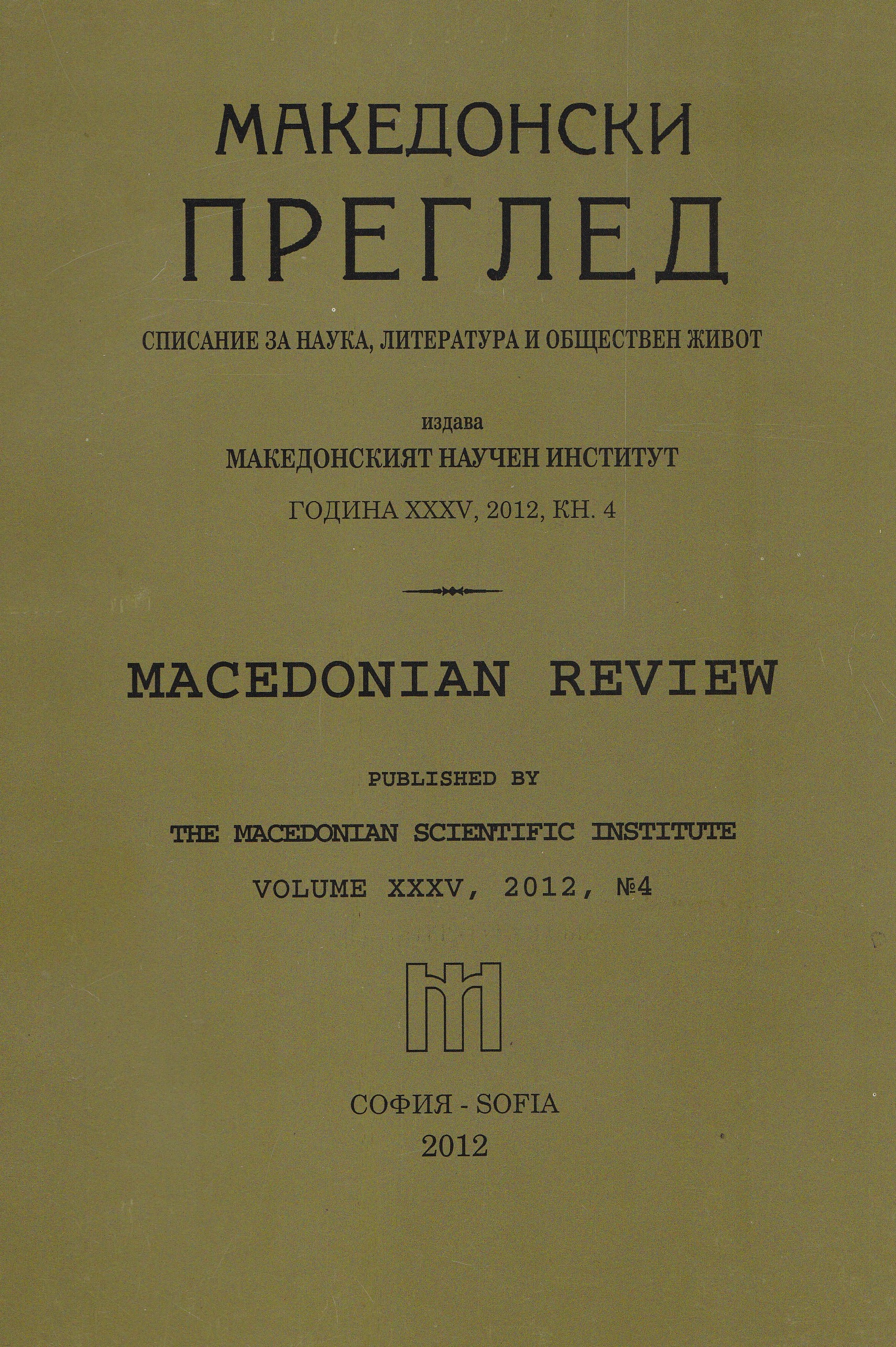








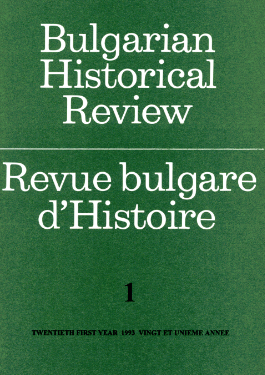
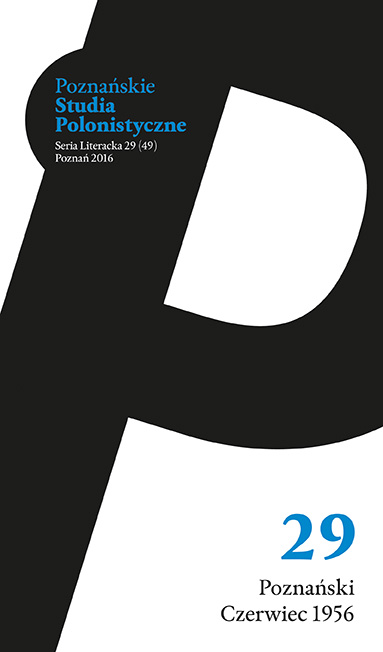
The article presents the making of the first documentary film depicting the traumatic events of the anticommunist uprising in Poznań in June 1956 as well as the difficult fate of the documentary after it had been completed. Its authors, Tadeusz Litowczenko and Mirosław Kwieciński, composed their Poznań 1956 (1981) of two interwoven narrative lines. Archive photographs with off screen commentary make the first narrative line while cinéma-vérité-like interviews with the participants of historical events make the other. The film analysis is aimed to underline the formal means employed in the film to present the opposing sites of the conflict. It also focuses on the historical context from the times when film was being made in the so called ‘festival of Solidarity movement’ in the early 1980s.
More...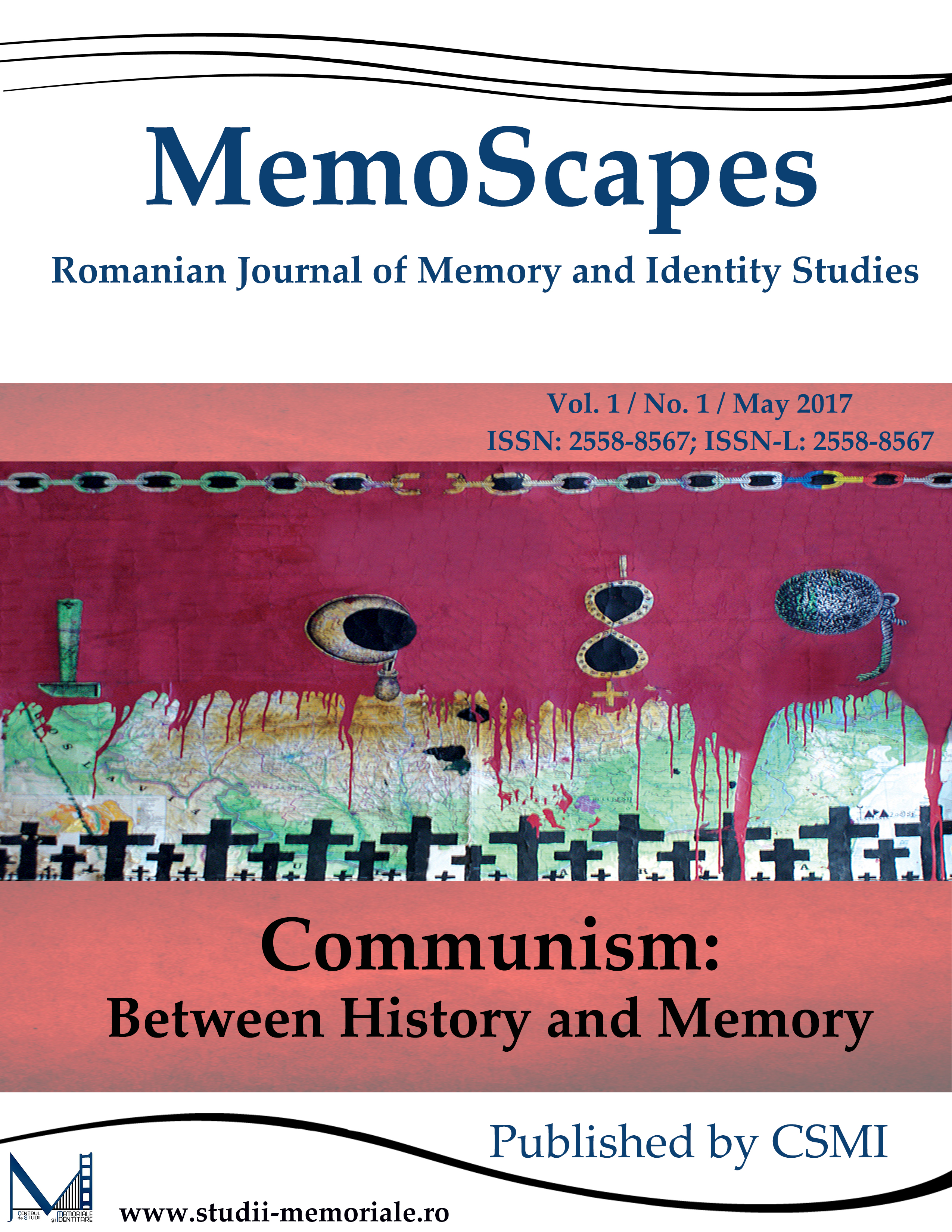
The goal of my article is to argue that the image of Bulgarian Muslims built during the Communist regime that depicts the group members as backward and fanatical religious individuals who have betrayed their homeland, had not only negative effects at the time but still shapes the attitudes and dispositions of individuals in the Bulgarian contemporary society. This representation, widely communicated in the society, functions as a justification of the violent measures applied by the Communist state apparatus. The imposed discourse not only presents a distorted image of Bulgarian Muslims but also blurs the responsibility for the crimes of the Communist regime. Furthermore, my analysis provides arguments that the rejection of Bulgarian Muslim to be categorized in a negative way was defined as sabotage and enemy activity against the regime. The community’s strategies of resistance were misunderstood and interpreted in a negative light so as to justify the applied violence.
More...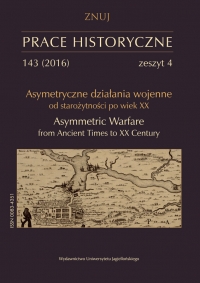
Small Galician towns had a very varied social structure. Their inhabitants formed a strictly hierarchical community. People socialized exclusively with the members of their own particular social group. One thing that united all, both those from “high society” and those standing at lower levels of the social ladder, was an unfavorable attitude towards the people living in the country, arising from townspeople’s conviction of their own “superiority.” Besides, those from the country did not consider themselves equal to townsfolk, whom they regarded as “gentlepeople.” A significant proportion of the small town community were Jews (in Western Galicia from slightly above 37% in 1880 to 33% in 1910; in the towns of Eastern Galicia from 44.6% to 43.6% respectively). The second largest religious-ethnic group among Eastern Galician small town residents were Ruthenians-Ukrainians (about 30%). The smallest community were the Roman Catholics, identified with Poles (from 23% in 1880 to more than 26% in 1910). In all small towns the Christians and the Jews formed separate communities, whose interactions were mostly business-related. In the small towns of Eastern Galicia, where one third of the population comprised of Ruthenians, both they and the Poles, but also the Jews, had a strong sense of localness, which effectively reduced ethnic tensions. The spread of national ideas in the last years of the 19th century changed this situation; it substantially weakened the previous bonds between people within neighboring local communities. Already at the turn of the 19th and 20th century the inhabitants of small Eastern Galician towns ceased to be the locals; they became either Poles or Ukrainians.
More...